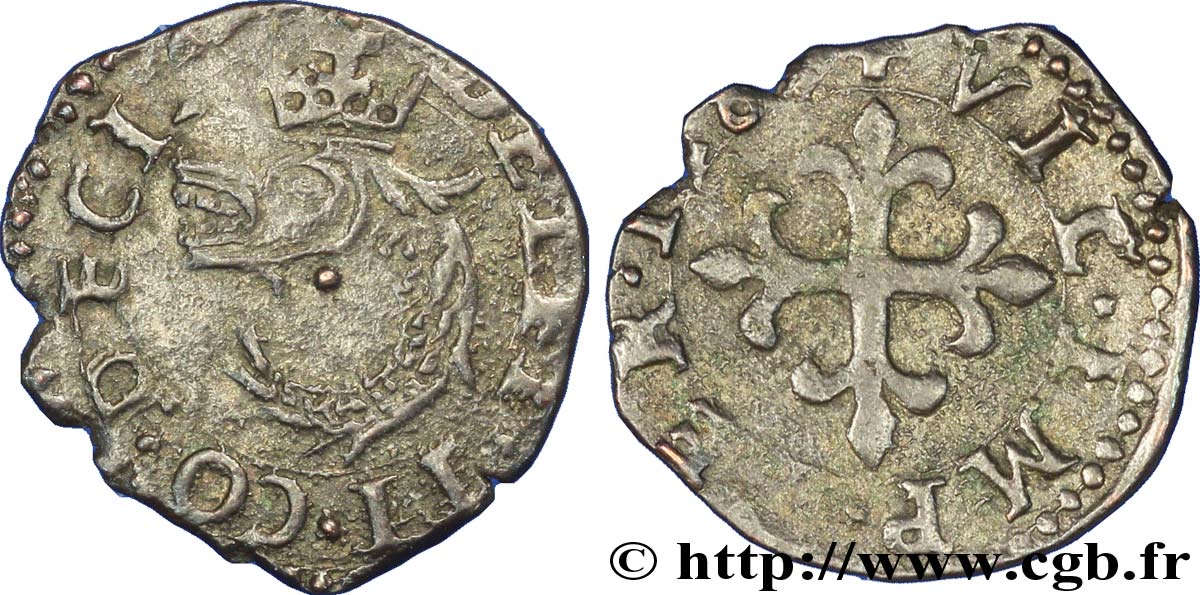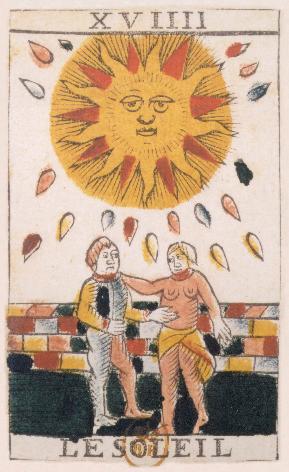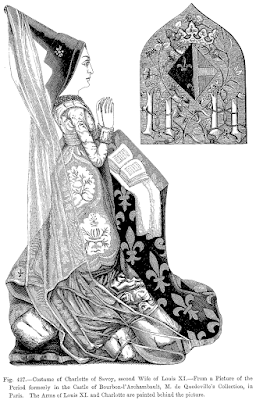In the German edition at p. 163, and Nr. 19 of "Bildtafeln" inside "Bilderläuterungen" (in the appendix, starting after the picture-part) it says ...mikeh wrote:Huck wrote,Looking in Hoffman's book of 1972, The Playing Card, in the English translation, I see nothing about "paper research". In the paragraph after his discussion of the Goldschmidt, on p. 18, he does sayThe Goldschmidt cards are in the Spielkartenmuseum Stuttgart-Leinfelden. Hoffmann reported 1972, that a paper research was done in the 1950's. The result was a c. mid 15th century.This refers to the game in general, not the Goldschmidt in particular. But perhaps Hoffman wrote something else in 1972.There is literary and material evidence of the game of tarots in the middle of the 15th century.
Perhaps you have a German language source that includes the information you cite. If so, could you find it?
It is obviously of crucial importance in discussing the cards.'
Also, do you have any suggestions as to who the castle-ladies would be?
This is likely "V. Goldschmidt" ..."Provence (?), Mitte 15. Jh.: Sog. "Goldschmidt-Karten", handgemalt, Hintergrund vergoldet und gepunzt auf Pergament, 14, 0 x 6,5 cm, RS: dunkles Karmin. Lit: V. Goldschmidt: Farben in der Kunst, Heidelberg 1919, Bd. III, T 66 a-e, T 67 f-i; 54/52; 71/243; 72/89; 91/100. Ein Gutachten des Doerner-Institutes vom 21.6. 1955 bestätigt das Alter der Pigmente.
Leinfelden-Echterdingen, Deutsches Spielkarten-Museum."
RS likely means Rückseite ("backside"). Lit: means literature. The references are likely only clear, if you see the mentioned book.
https://en.wikipedia.org/wiki/Victor_Goldschmidt
also here ...
http://www.encyclopedia.com/topic/Victo ... hmidt.aspx
... and he (likely') wrote about these cards and researched the colors in 1919 in "Farben in der Kunst", printed in Heidelberg, volume 3. The Doerner Institut (about 35 years later) seems to have confirmed the dating: "mid 15th century".
http://www.abebooks.de/Farben-Kunst-Bde ... 7459225/bd
... 1280 Euro for all 3 ...
**************
Well, I assume, that the ladies have a Flemish style and it fits with the idea, that the cards possibly were made in Genappe 1456-1461 in Burgundy (in the Belgium part).
The region (and the court of Burgundy) was famous for their falcons, which also appear in the deck (falconer). Milan (Galeazzo Maria) around 1470 got its falcons from Burgundy.
Sforza cards, which include the Isabella d'Este motto and therefore should be from "after 1505", contain a falconer, which in earlier Visconti-Sforza versions are not known.

















